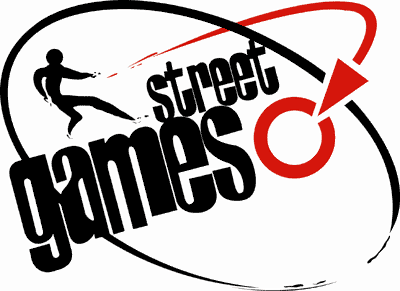More On Kick The Can

from Joseph Barone:
Mentioning Kick the Can had me thinking about how to play the game. Although there seem to be a number of variations, as seen on Wikipedia, we in KV played it differently. It was more like a water downed version of baseball. The only equipment you needed was a couple of good cans. In the late 60's, soda and beer cans were made much more differently than today -- they were heavier and stronger. In addition, they were all over the place, since there was no five cent or bottle bill law. A good game had about 8 or more boys playing and there were no teams. If you had ten, it was like "WOW." There were two positions: Pitcher and Catcher. No shortstops, no outfielders, no basemen, etc. The Pitcher really did not pitch but was considered more like "IT." The catcher did catch. Oh, and there was a batter. The can was placed at the front of home plate (which was the sewer grate). The batter would stand on the plate and kick the can. Now, he could attempt to do a couple of different kicks. He could give it a good hard kick -- hoping it would sail over the head of the pitcher and make him chase after it. He could do a grounder -- just kick the can so it bounced along the ground. Or he could bunt it -- kick it enough so that it just fell over. Now a can could be called "foul" it it went outside of the first or third base line, just like today. The batter simply kicked the can again.
When the batter kicked the can, he would of course run to first base. It was the job of the pitcher to get the can and throw it to the catcher. He (the pitcher) could throw it or hand it to him, but the catcher could not take it w/o the pitcher touching it first. The batter would attempt to get to first base (or any base) before the catcher could tap the can three times at home base. If the catcher tapped the can three times before the batter (or any runner) made it to any base, he was out. If he made it before the three taps, he was safe and could run to the next base when the can was kicked. (Sometimes stealing was allowed but it depened upon who called the rules.) If the batter kicked it high and the pitcher caught it, the batter was out (just like in baseball). No need for the catcher to tap the can three times. If the can was a pop up and caught, the runners had to get back to their original base or could be "tapped out." Like baseball, if a runner made it to home plate, it was considered a run. When there were three outs, the batter who made the third out became the pitcher, the pitcher became the catcher and the catcher became one of the batters. The run count would start at zero.
However, if a certain number of runs were made against a particular pitcher (let's say ten), then the pitcher had to go "under the mill." The pitcher had to crawl between the legs of all of the boys playing, while they slapped him on his butt. You always had to watch to make certain that the guys who were on line first, did not go to the back, so you had to crawl really, really fast. Crawling on the asphalt was an easy way to get your knees all cut and scrapped or your pants torn up.
You can imagine what happened when the pitcher was someone the boys did not like. The catcher would be extremely slow to catch and tap the can on home plate. The only way that you could get out of not going under the mill was by hoping to catch enough "fly balls." I don't remember playing the game past the third grade (June 1970).
 from Joseph Barone:
from Joseph Barone:

























No comments:
Post a Comment